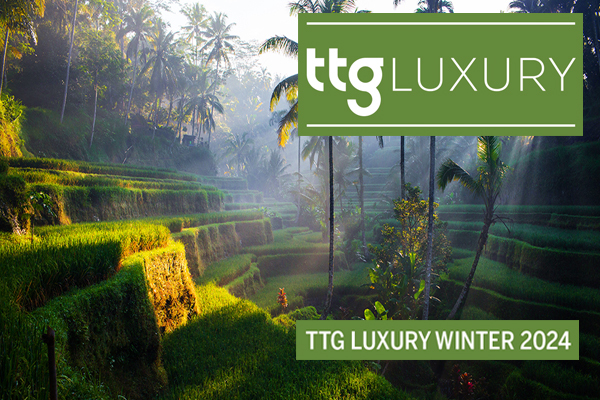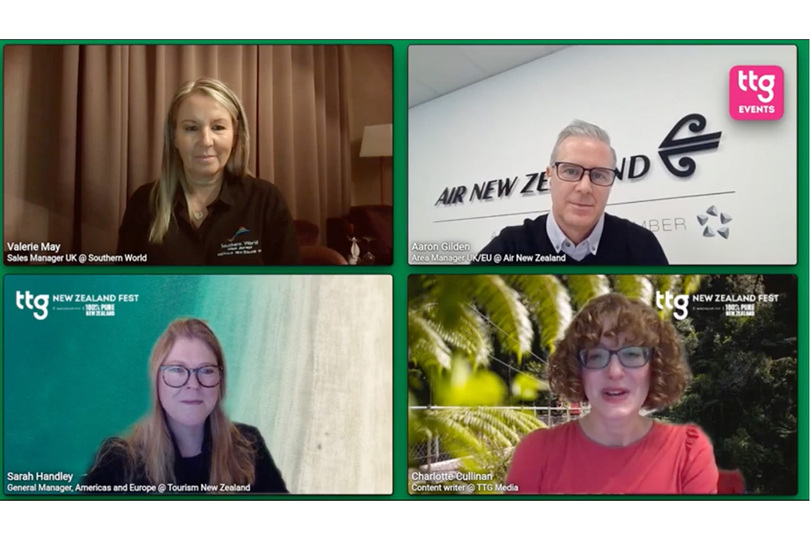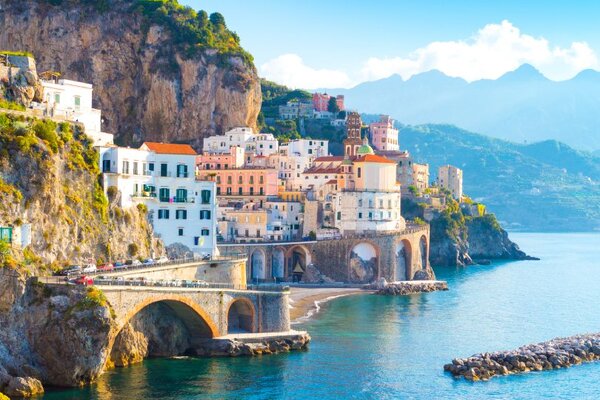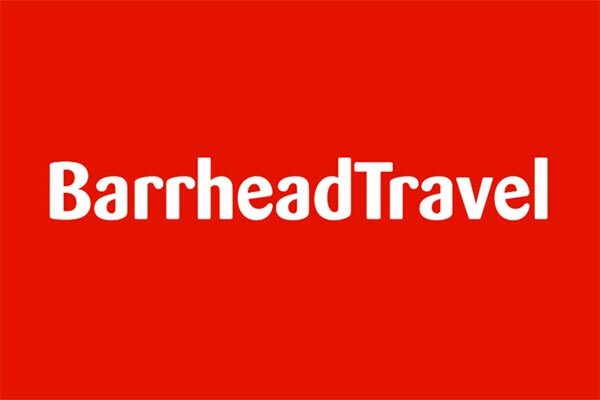Should agents have a share of the TV ad spotlight with supplier partners?
 Heath Heise
Heath HeiseBy all accounts the all-important peaks period has been positive, with many “record days” being reported. It’s great to see confidence return to brands that have had to clip their wings in recent years – something most clearly demonstrated by the number which have returned to TV advertising.
But with that return comes a question: where should those brands that are investing so heavily during the ad break of Gogglebox be driving their potential customers?
Despite the confidence TV advertising implies, travel brands across the board still face significant challenges as they balance the ongoing economic instability at home and geo-political conflict and climate change abroad, with the need to secure bookings as cost efficiently as possible. In their end-frame call to action (CTA), do they drive viewers or listeners direct to their owned channels – be that online or a call centre – or to agency partners? Or both?
And what are the varying advantages to the different CTAs – for the brand and its partners alike?
A booking taken via a direct channel usually represents a lower cost of distribution and sale to the brand and comes with a wealth of data that it can use for subsequent retargeting. Sounds good, right?
But according to Abta’s 2023 Travel Trends report, consumers are now nearly 40% more likely to book with an agent than they were before the pandemic, and there is plenty of evidence that the sector is thriving – particularly for customers wanting to book the kind of complex itineraries that online travel still can’t do reliably.
The single call to action
Agent bookings have also been proven, via upsell and good service, to be able to command a higher average booking value, and be a catalyst for repeat bookings, than those made via their upstart digital cousins.
So why do so many supplier brands feature a single direct CTA in marketing materials, bypassing a potentially lucrative – and longer lasting – agency partner?
In strict “marketing 101” terms, a single CTA is best. According to a 2021 study by MediaKix, consumers can be bombarded with up to 10,000 marketing messages each day – so one clear CTA is best for consumer comprehension.
But there are advantages to a dual CTA too. From a supplier brand perspective, they can increase reach and engagement by catering to different customer preferences. They can also drive higher conversion rates, capturing customers at any stage of their decision-making process. And they can increase diversification and resilience by providing customers with options if one supplier or agency faces challenges.
For travel agents, inclusion in a dual CTA can provide access to new customers; partnering with supplier travel brands provides exposure to a wider audience who might not otherwise consider travel agents. It can also mean agencies can leverage the supplier brand’s reputation and deals to attract clients themselves.
And what of the customer? Dual CTAs provides them with the freedom to choose the booking method that best suits their needs and preferences, and potentially unlocks better deals or packages not available through direct booking. For complex trips or destinations, travellers can seek personalised advice and assistance from agents that they might not be able to get directly from the supplier.
Weighing up the risks
There’s no “one-size-fits-all” solution to the CTA question. Before requesting – or agreeing to – inclusion, agents should consider the risks. Despite the temptation to put your brand in front of the millions tuning in for The Masked Singer, a high-profile CTA could easily find you drowning in low-margin enquiries which will rapidly outweigh the benefits of inclusion. It’s by no means the best option for all agents.
Finally, if travel brands are increasingly favouring a direct CTA in their marketing, is it time for an advertising campaign that sells the benefits of booking with a travel agent? Hays Travel has fulfilled that role to an extent this year, with the creative and CTA of its advert very much about “brand Hays”. Perhaps it’s time the trade came together and found a way to turn the spotlight on itself.
Heath Heise, co-founder of the Llama collective, started his career in travel marketing at British Airways, and as an alumnus of its graduate programme. From there he joined Amex Travel, eventually becoming vice-president of international brand, before finally becoming global marketing director at STA Travel. He is a specialist in developing brand strategies, creating visual identities, structuring marketing teams and delivering go-to-market plans.
Learn from the Llamas
TTG has teamed up with travel's new marketing collective, We Are Llama, to tap the team's industry knowledge and experience, and offer agents monthly insights, tips and guidance on how they can make the most of the marketing resources at their disposal.
Andrew Shelton: Forget 'make do and mend' marketing and build yourl brand to last in 2024
Mags Sikora: 'Agents swayed by AI must remember to keep a firm hand on the wheel'
Lisa Edwards-Webb: Why email still has a place in travel marketing's arsenal
Marta Safin: How to make the most of whatever time you can dedicate to social media
Andrew Shelton: Why it's time to spring clean your marketing... in August
Phil Bloomfield: Will Threads pull everything together – or unravel your social media strategy?
Sign up for weekday travel news and analysis straight to your inbox

Heath Heise
Supplier Directory
Find contacts for 260+ travel suppliers. Type name, company or destination.














